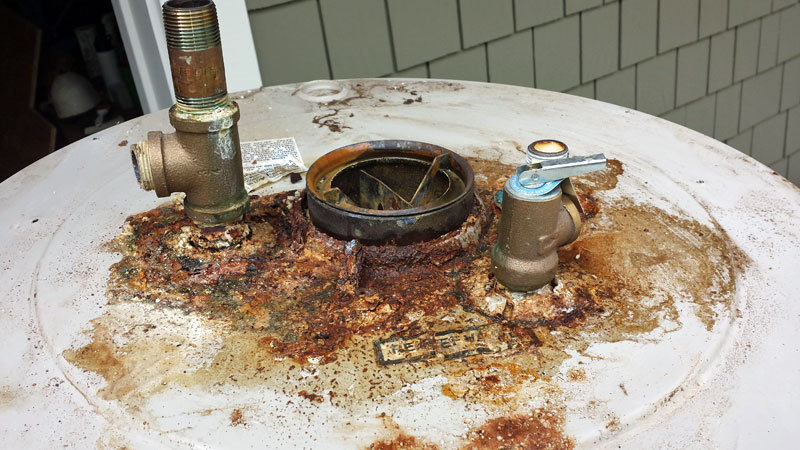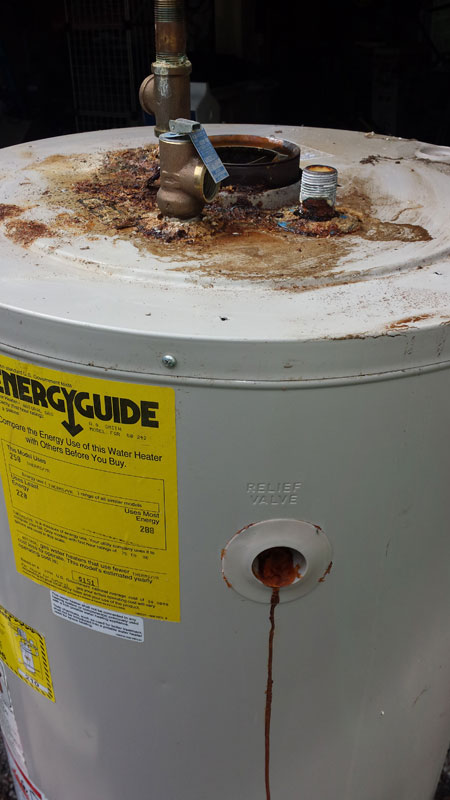I'll do an intro in that topic, later.
I am also attempting to determine what I can do to improve or replace (if I have to) my Gas Hot H20 Htr.
I have a 17 year old AOSmith 40gal <I guess its called> direct vent Heater.

It doesn't smell or make noise and never has.
I've opened the drain, twice in the last seven years of home ownership, here, and the water was clear. I only opened the drain for a short period; water appeared clear; closed it.
I covered the heater IMO in appropriate areas with new, left-over bat insulation, maintaining that proper operation would continue without restrictions.
My question is: Even though I have no smell that would indicate annode decay/disintigration, could it be spent? Is there a link available that would provide a step-by-step proceedure to upgrage the anode?
Over the last four years, I first turned my thermostat down to conserve natural gas use. We have gas cooking and, in the summer months I only use about $28 worth of gas each month. I belive that indicates that we are conserving...
but, then I have had to increase the temp at the thermostat, gradually. And now it is
all of the way up...

I am now at a point where I am going to have to take some sort of action, soon. I know that most would say, " It's time to replace the whole unit." I'm a frugal, retired <out of necessity...fewer people are having interior paintwork or wallpaper work done in this economy> 63 yo and, if I can do a repair that may extend its life, that is the way I would elect.
Also, I do have a small leak (2oz/24hrs) indicating that the presure valve is starting to fail. I have a new one that I purchased at HD. Are they standardized?
Thanks for any input, here.









